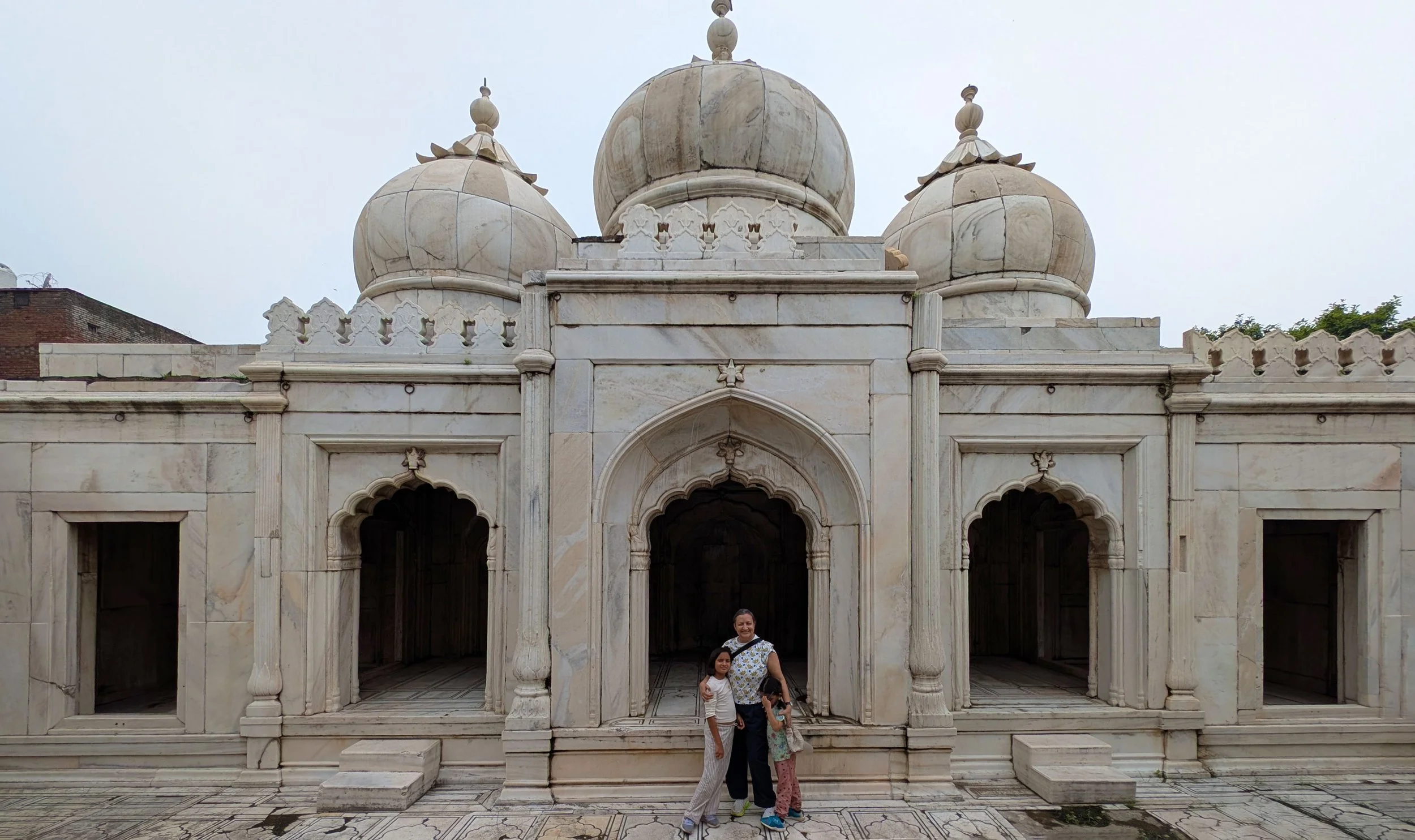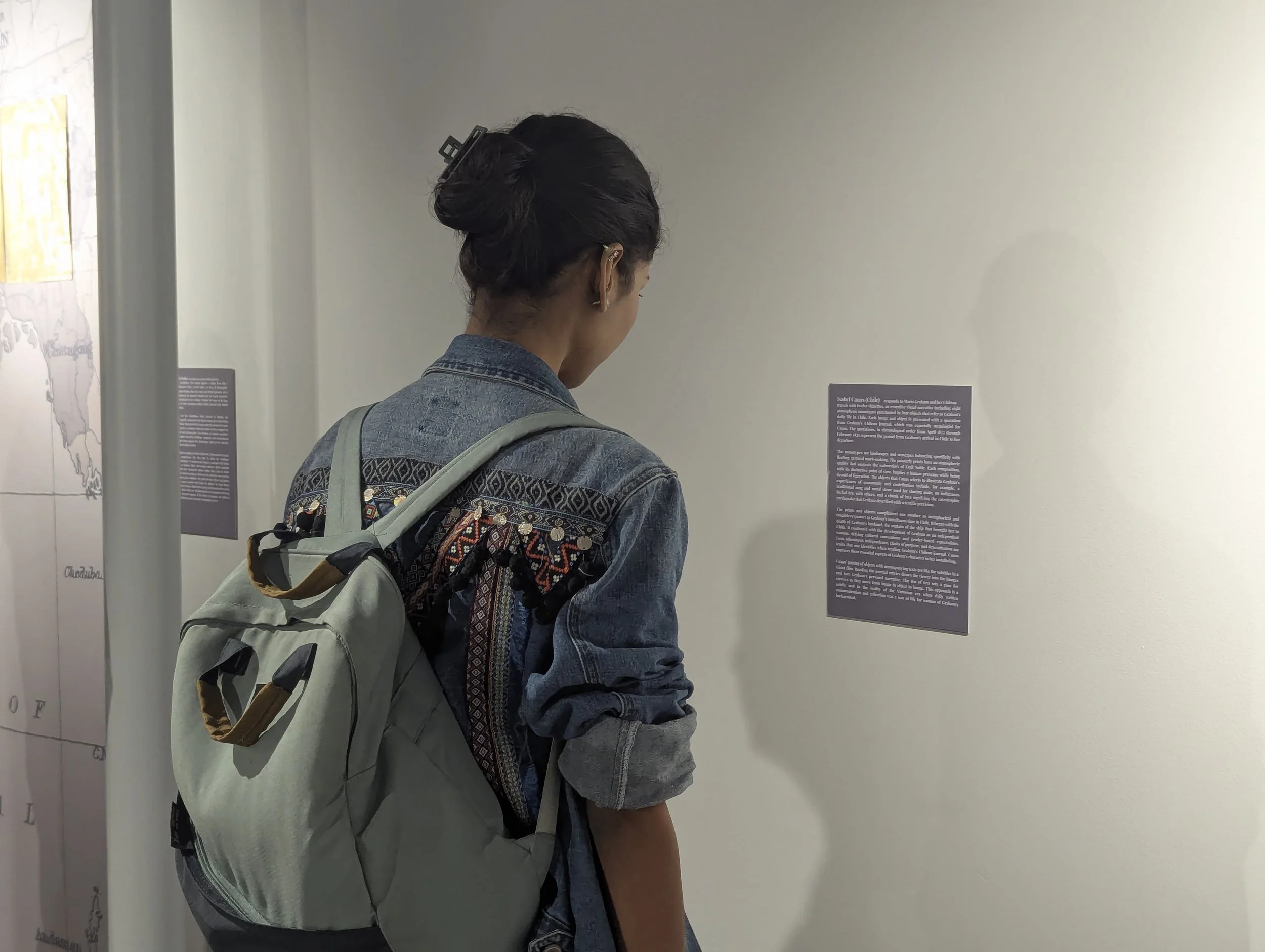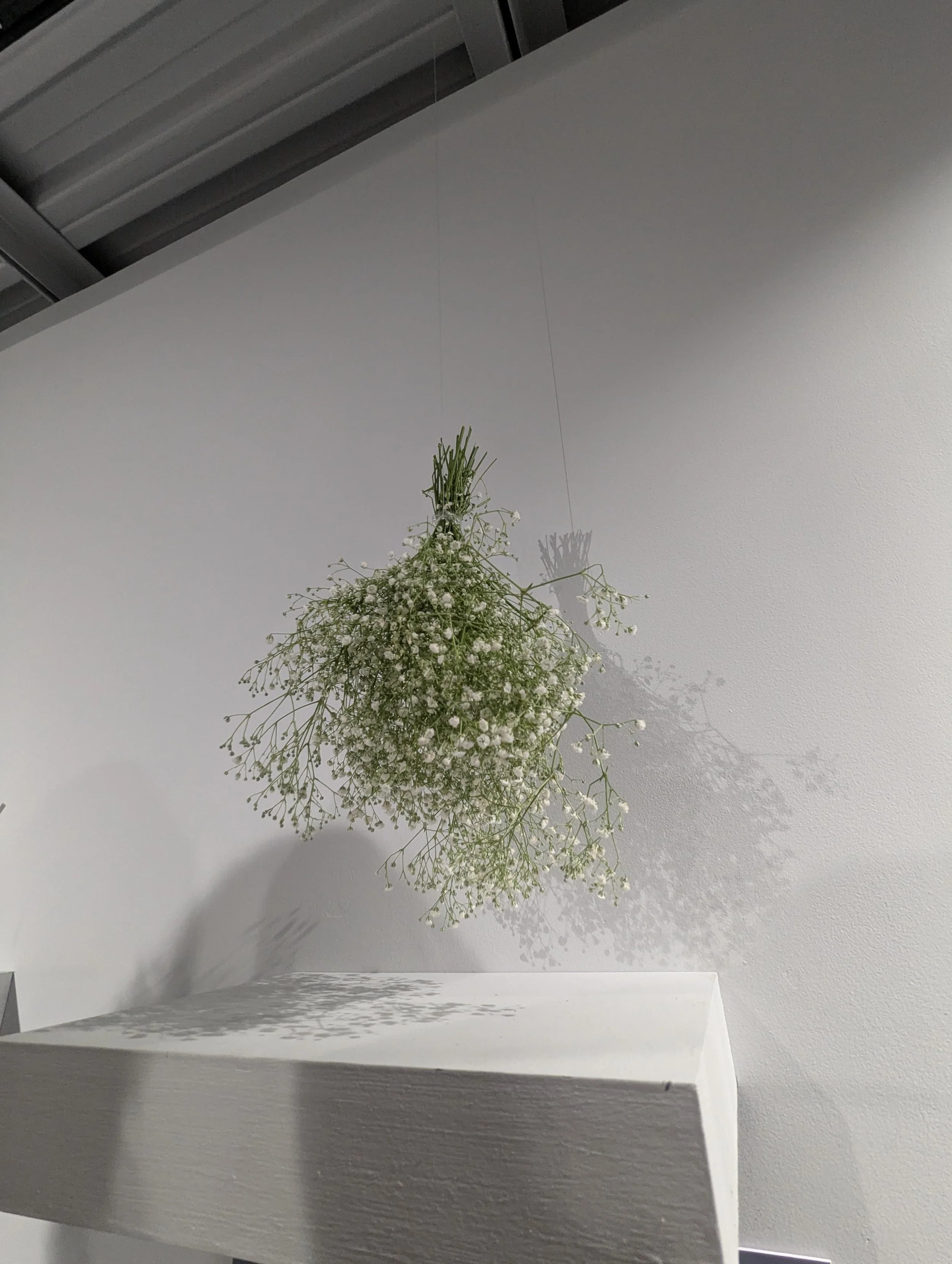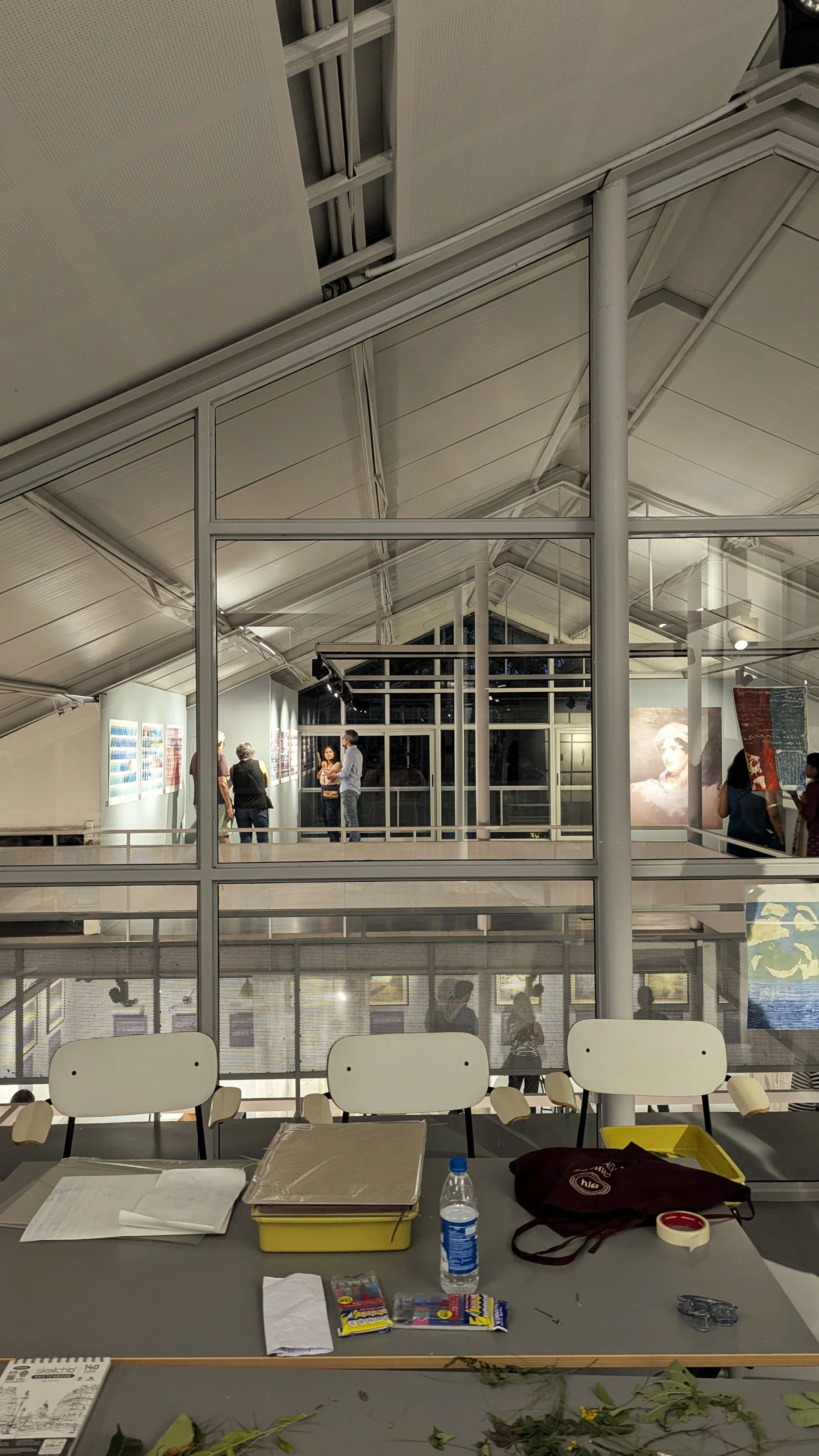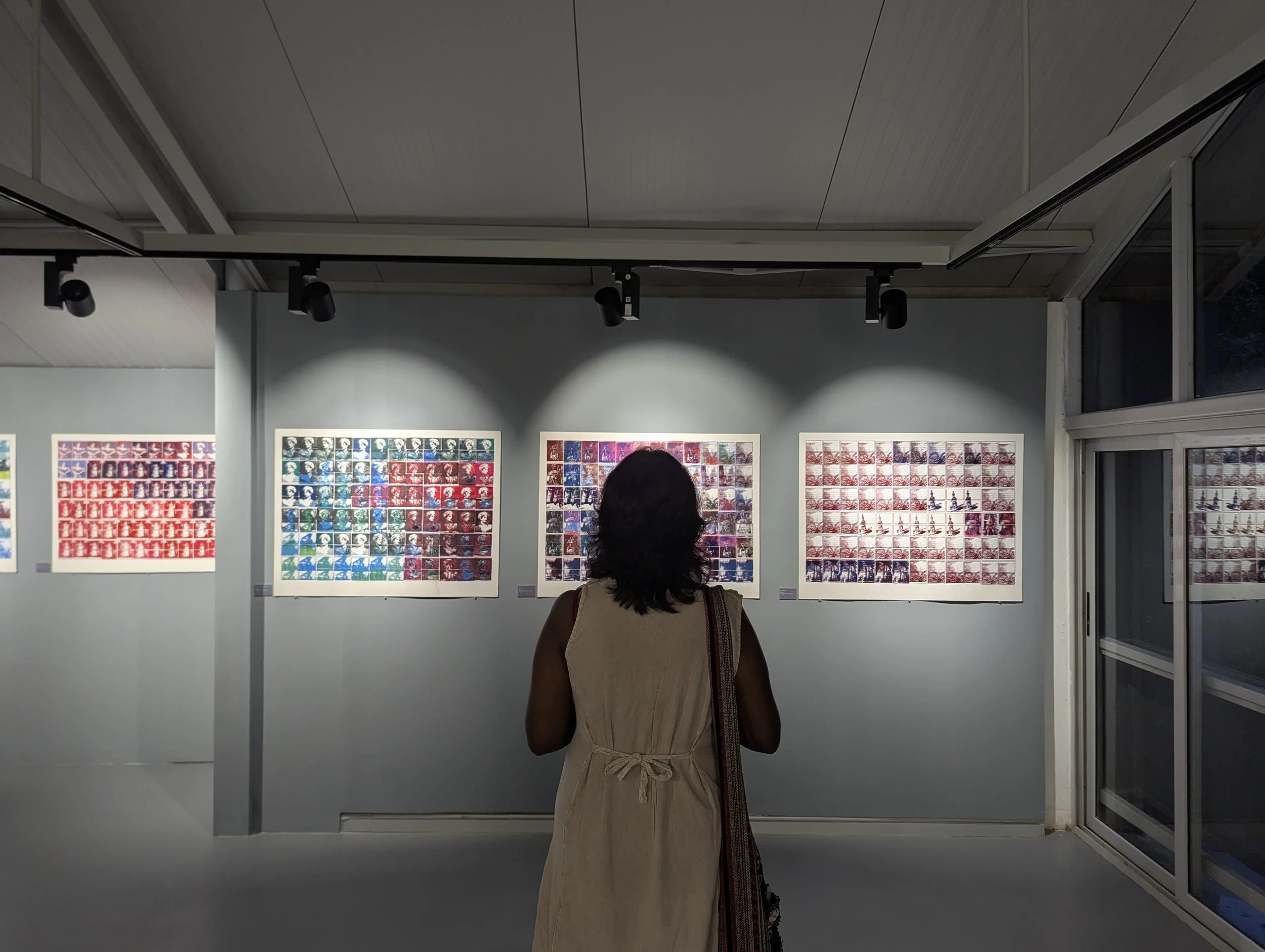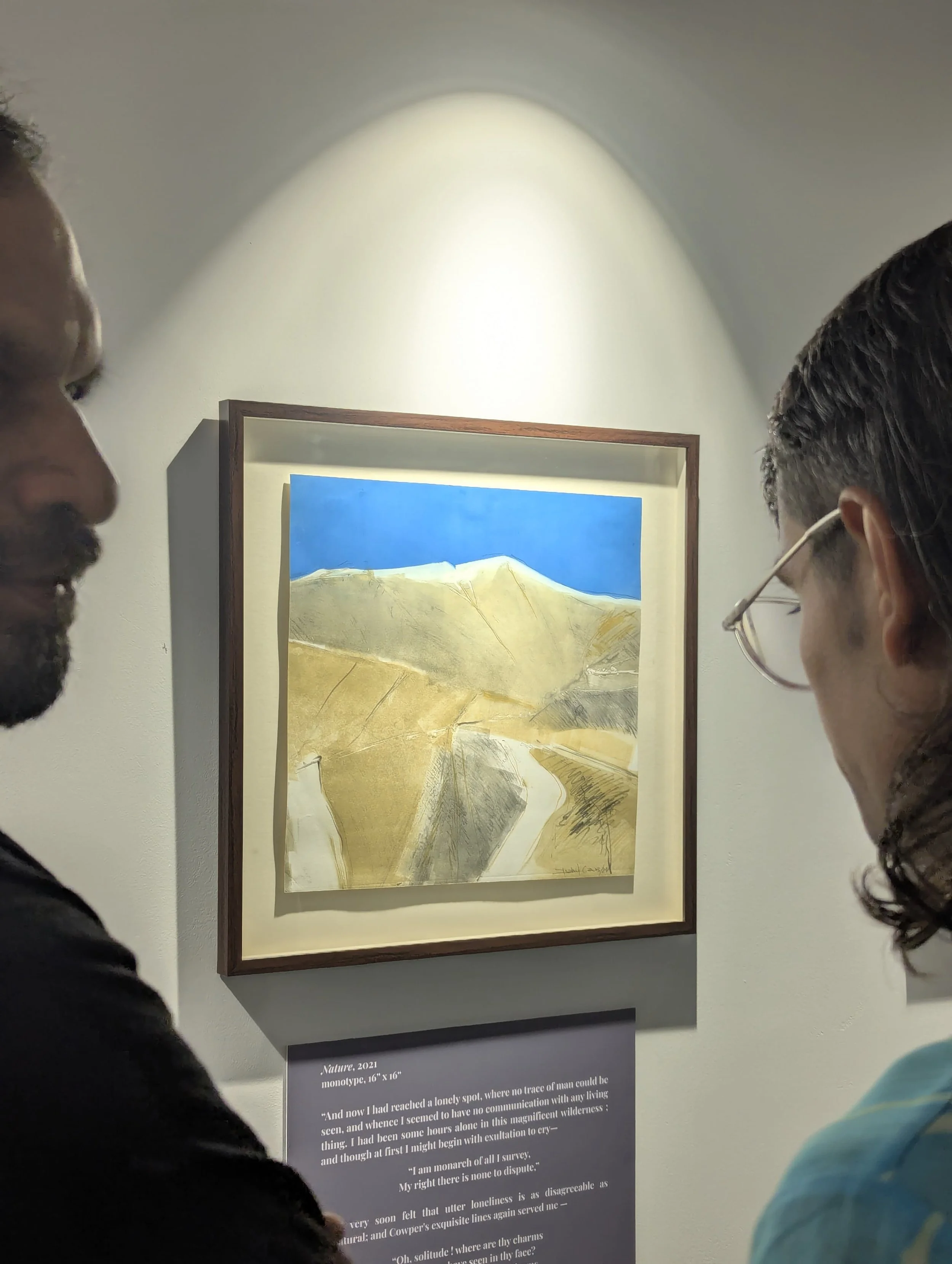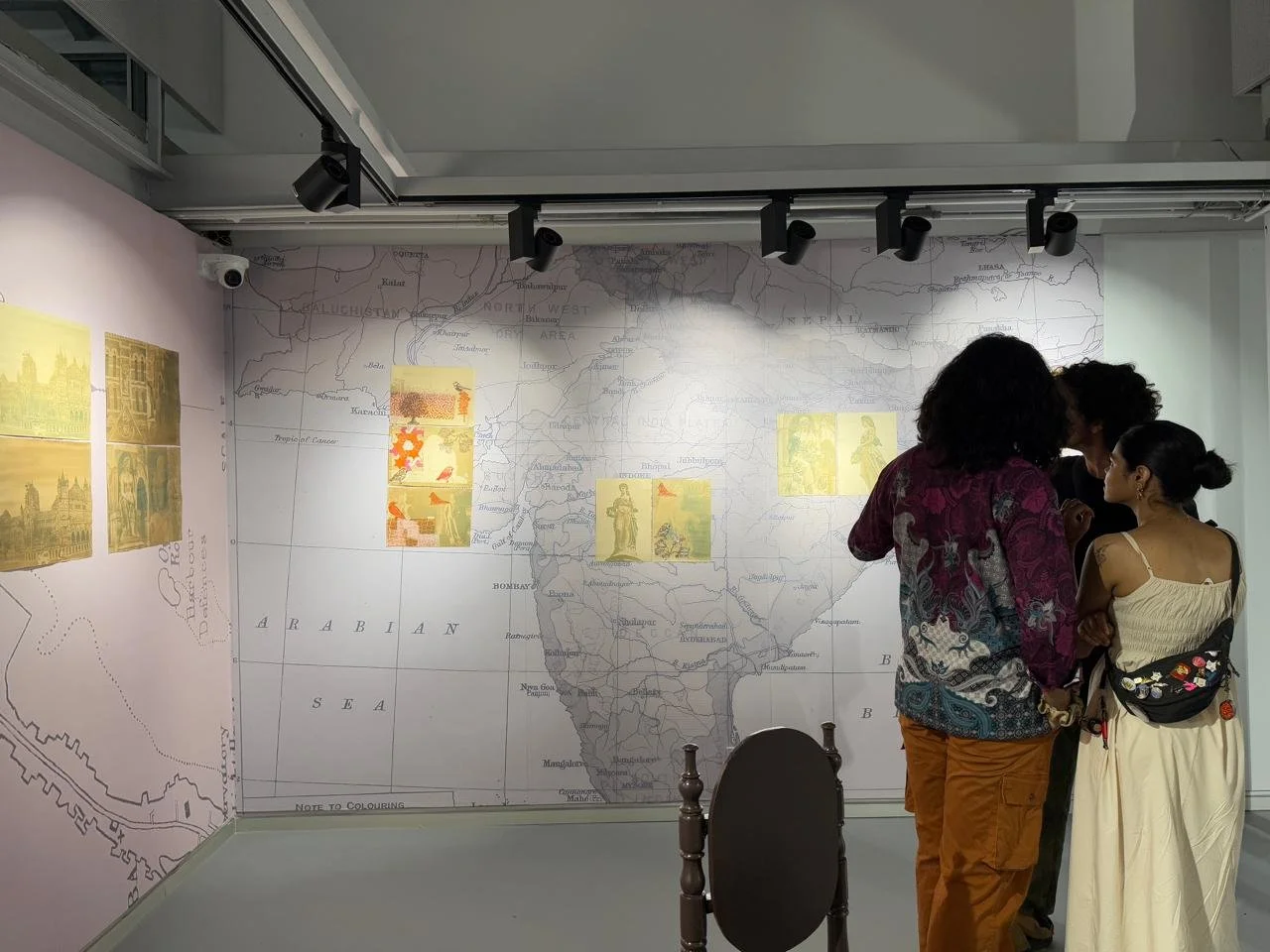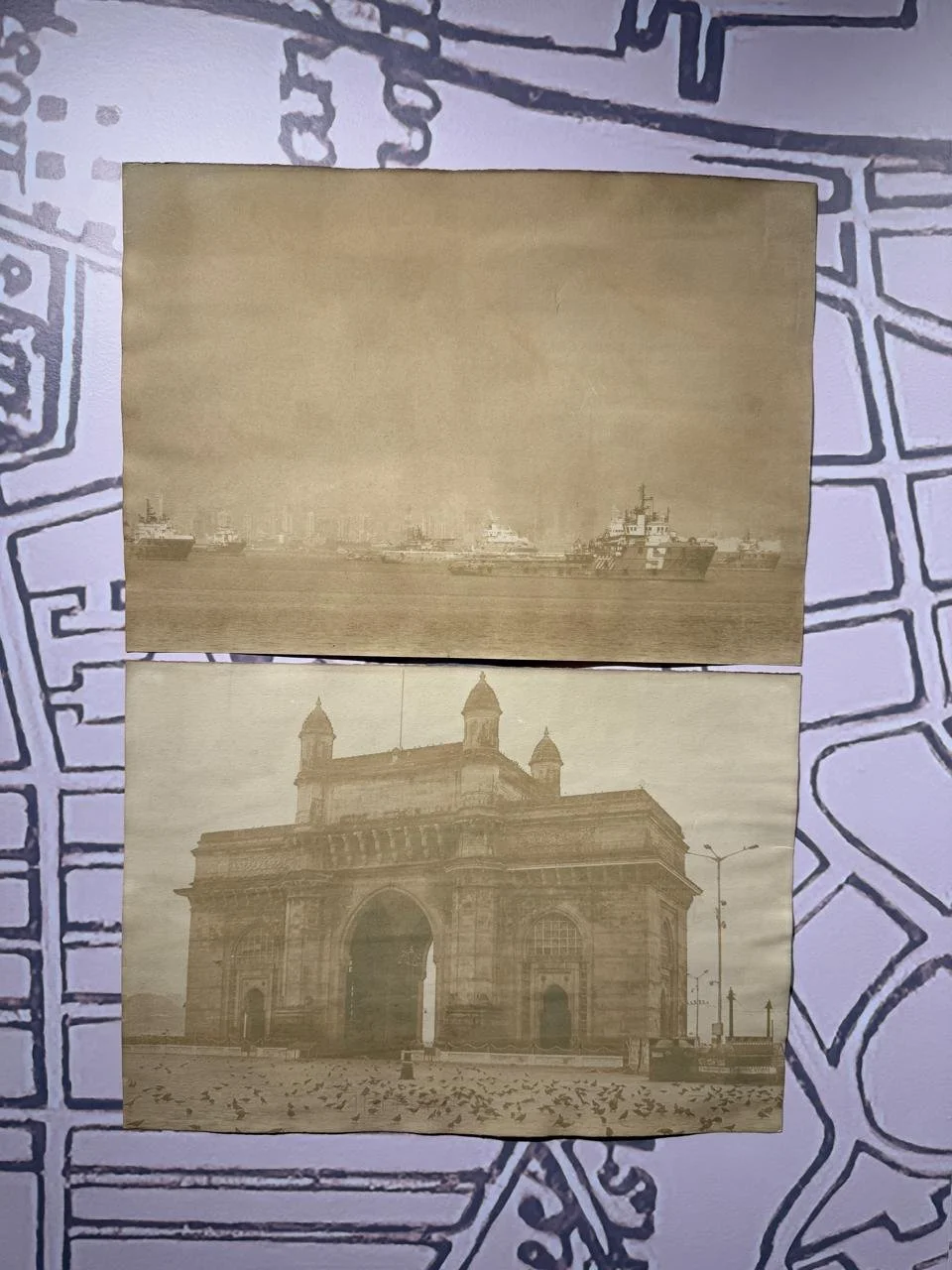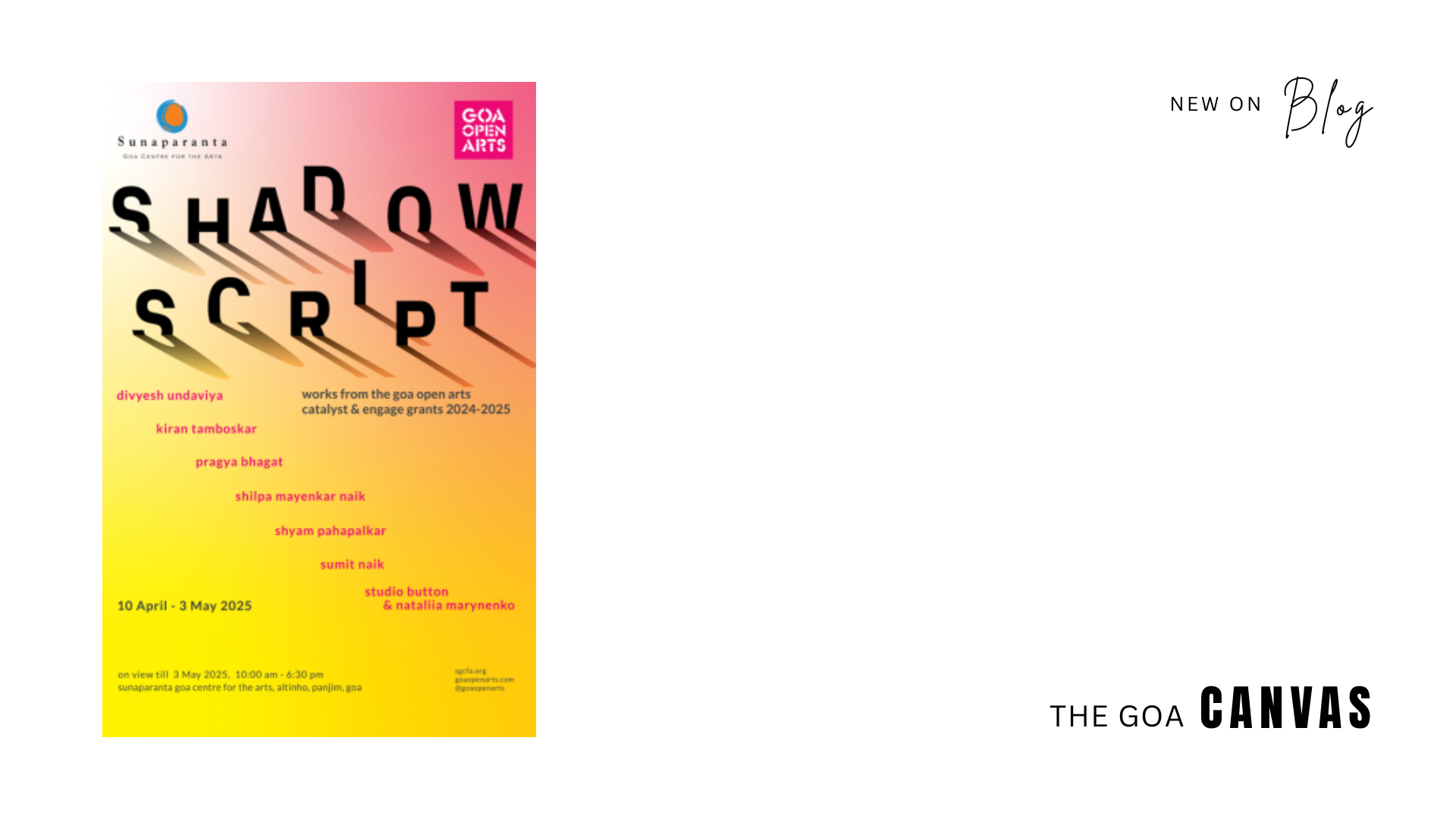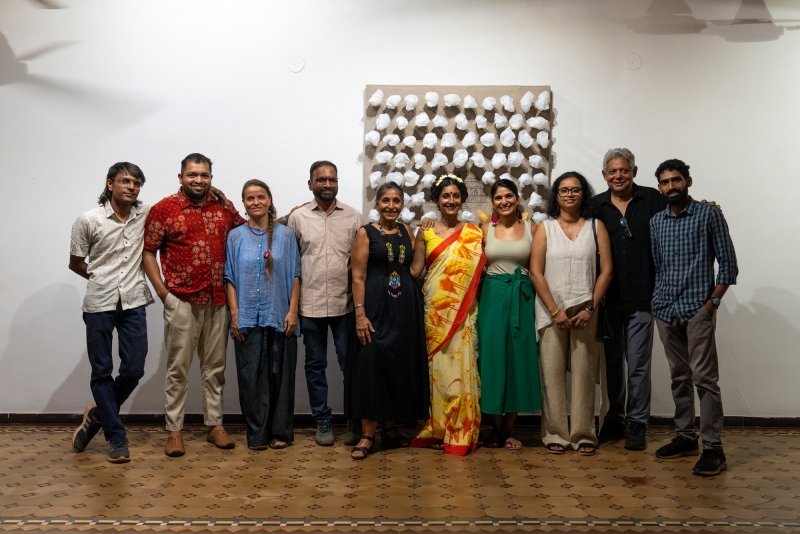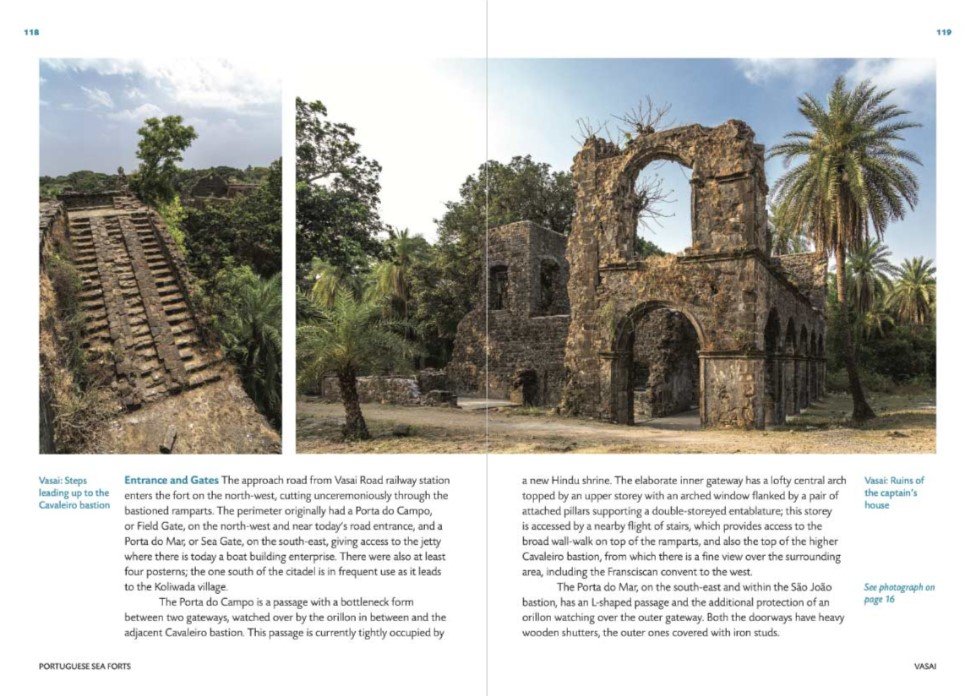On June 21st, 2025, we opened the doors to everyone curious about architecture design craft and old spaces given new life. We wanted to share the work, the decisions and the stories, to spark conversation across students, designers, architects and neighbors, and to show how careful restoration can celebrate history while making room for contemporary living. The open day also fostered learning, dialogue, community and a deeper public connection.
Toybox is a contemporary restoration of a 150-year-old Portuguese house in the village of Aldona in North Goa. It is a home where old and new dance together, where every corner tells a story and joy lives in the details. Each chamber in the restored house is singular and draws from both historic and contemporary ways of making, with larger openings that invite light and breeze and create a seamless connection between inside and outside. Earthy finishes, reused timber, laterite and handmade terracotta complete a sense of barefoot luxury that feels rooted in place. The house sits behind a long front garden shaded by two full grown mango trees, a giant chikoo tree and two coconut trees. A gentle walk links Toybox to the backwaters of the Moira River.
Over 60 people had registered to see Toybox, and around 50 actually showed up. We were a bit worried about how we would host so many visitors at once, but the team, Sanjeet Wahi, Sarang Karmarkar, V V Kusum Priya, and the rest of the crew, handled it smoothly and without any hassle. As people arrived, we grouped them into small groups of 4 to 5, and Wahi and Sarang guided each group through the house, explaining the process, the project, and answering questions along the way.
Visitors wandered through the rooms, and I remember catching glimpses of them pausing, whispering, or tilting their heads in thought. The old, compartmentalized spaces felt different now, more open and light-filled, and questions came in soft, curious bursts. Each space felt unique, blending history with contemporary design, and people asked why some areas felt intimate while others were more open. The larger openings invited light and breeze, and questions arose about how this affected the mood of the rooms. We explained how these choices encouraged a connection between indoors and outdoors, and visitors lingered in quiet reflection, imagining themselves moving through the spaces. We found ourselves explaining how the balcao had been carefully transformed into a verandah that opens to the garden, and there were moments of quiet reflection as people imagined living there. The raised roof and mezzanine sparked gentle debates about communal zones, kitchens below, dens above, and how the spaces might shape daily life.
The approach to Toybox became part of the conversation as well. Guests noticed the long front garden, the mango, chikoo, and coconut trees, and the walk toward the backwaters of the Moira River. They asked how these elements influenced the experience, and we shared how the landscape and the sense of arrival shaped the overall feeling of the house.
They lingered over materials, touching the timber, the terracotta, lifting shutters, examining reused wood, wondering about choices. These moments led to conversations about designing with care, sustainability, and making old elements feel alive again.
The central courtyard and operable openings drew eyes up and across. Visitors noticed the shifting light, the soft movement of air, and we talked quietly about indoor-outdoor flow and natural cooling. Laterite and red oxide flooring prompted murmurs on grounding the home in its setting, giving a sense of calm and place.
Looking back, it was clear that the smooth flow of visitors and interactions owed a lot to the careful planning and attention of our team. The team behind the day deserves full credit. V V Kusum Priya (@the.paper.city) handled the posters, event organization, and everything in between. Sanjeet Wahi (@sanwahi), Sarang Karmarkar (@sarangkarmarkar) and Praveen Sankar who not only led the restoration but also guided visitors through these spaces in intimate group walkthroughs, sharing stories and insights along the way. The rest of the team includes Xena Mendonça, Anagha A Chinchalkar, Harshada Kulat, Anjana B Dev, Vaishnavi Kannalath, Ananya Hojge.
Mareena Michael (@mareena_m_) and her team (@_storeystory_) captured the day beautifully. Mareena has been part of our journey before, and it is inspiring to see her now shaping stories for others with the same care and clarity.
The Open House was more than a showcase of our work. It was a reminder of the conversations, collaborations, and shared curiosity that keep spaces like Toybox alive. We are grateful to everyone who came, asked questions, and explored with an open mind. It made the day feel meaningful, alive, and well, just right.
Photographs and videos were taken by Micheal Mareena (Storeystory)
Text written by V V Kusum Priya









































